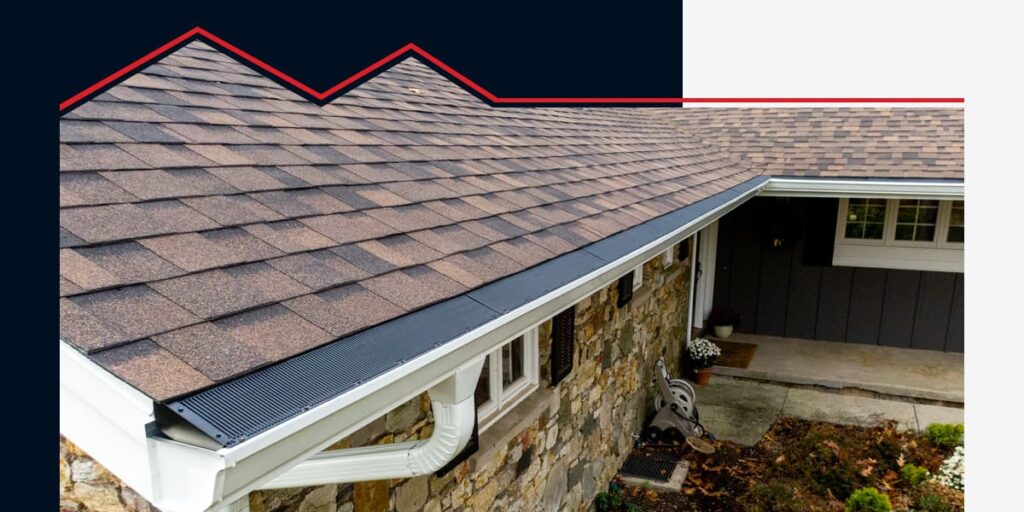Building or renovating a home in a high wind area demands careful consideration, especially when it comes to selecting the right type of roof. The roof is not merely a structural component; it’s a primary defense against the forces of nature. For those living in hurricane-prone or high-wind regions, choosing the correct roofing materials and employing the best installation practices are essential for enhancing the durability and safety of your home. Here’s a detailed look at the best practices and materials for roofing in high wind areas.
1. Choosing the Right Materials
Metal Roofing: Metal roofs are among the most durable and wind-resistant roofing materials. They can withstand wind gusts of up to 140 miles per hour, depending on the quality and installation. Metal roofing materials, such as steel, aluminum, and copper, are not only strong but also lightweight, reducing the stress on your home’s structure.
Asphalt Shingles: High-quality asphalt shingles can also be suitable for high wind areas, provided they are labeled as wind-resistant. These shingles are manufactured to withstand winds of up to 130 miles per hour. When selecting asphalt shingles, look for those with a high wind rating and ensure they are installed with the proper number of nails and sealing strips.
Tile Roofs: Concrete and clay tiles are extremely durable and can also withstand high winds when properly installed. However, their weight requires that the underlying roof structure be strong enough to support them. Tiles should be fastened securely to prevent uplift in strong winds.
2. Installation Techniques
Secure Fastening: Regardless of the material chosen, the method of fastening the roof to the structure is critical in high wind areas. Roofing materials should be nailed down, not just stapled. Nails should be long enough to penetrate the decking fully and possibly even reach the rafters.
Edge Flashing: The roof’s edges are particularly vulnerable in high winds. Metal flashing should be used to secure and cover the edges of the roof, providing an additional layer of wind resistance.
Sealants: Applying a roofing sealant can enhance the wind resistance of your roof by adhering the shingles more firmly to each other and to the roof deck, thus reducing the risk of shingle blow-off during a storm.
3. Design Considerations
Roof Shape: The shape of your roof also influences its wind resistance. Hip roofs, which slope on all sides, are generally more aerodynamic and can perform better under wind pressure compared to gable roofs, which have two flat sides that can act as sails in strong winds.
Slope: A moderate roof slope of about 30 degrees is considered ideal for dispersing wind forces. Too shallow or too steep a slope can increase the likelihood of wind damage.
4. Regular Maintenance and Inspections
Routine maintenance is essential to ensure that your roof remains in optimal condition to withstand high winds. This includes regular inspections to check for and repair loose or damaged shingles, tiles, or metal panels. After a major storm, a professional inspection is advisable to assess any hidden damage that might compromise the roof’s integrity.
5. Additional Reinforcements
In areas that frequently experience hurricanes or extreme winds, consider additional reinforcements such as hurricane straps. These metal straps can help to secure the roof to the walls and foundation, providing an extra level of stability and safety.
Conclusion
The roof is a fundamental component that requires thoughtful consideration, especially in high wind areas. By choosing the right materials, employing robust installation techniques, and adhering to regular maintenance, homeowners can significantly enhance the resilience of their roofs against high winds. Such proactive measures not only safeguard the home but also provide peace of mind in the face of inclement weather.















